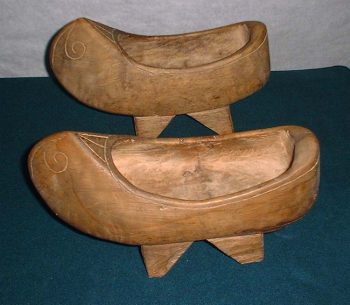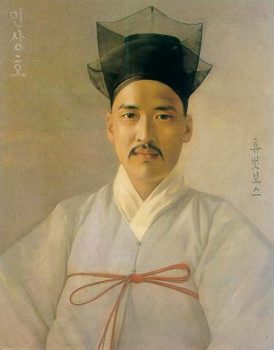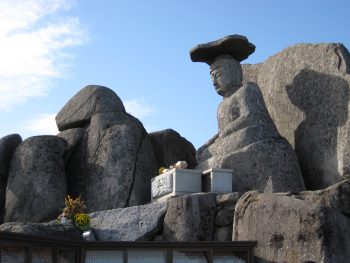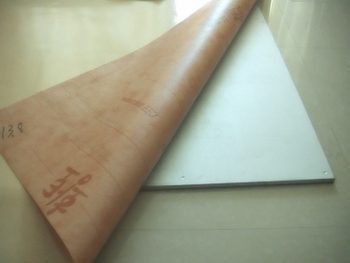Archive by Author
Traditional Korean Shoes Posted by Ginny on Aug 1, 2010

Traditional Korean shoes are sometimes worn for special occasions like 돌 (child’s first birthday) and are sometimes sold as souvenirs for foreigners. By far the most commonly seen traditional Korean shoe is the 고무신, which means “rubber shoes” in Korean. People of high status and courtesans wore highly decorated 고무신, while people of lesser means…
To Be Easy or Hard Posted by Ginny on Jul 29, 2010
To express that something is easy to do, use ~기 쉽다 이 숙제는 풀기 쉬워요 = this homework is easy to solve (이 = this. 숙제 = homework. 는 = topic marker. 풀기 쉬워요 = easy to solve) To express that something is hard to do, use ~기 어렵다 영어는 배우기 어려워요 = English is…
Traditional Korean Hats Posted by Ginny on Jul 26, 2010

No one wears them anymore, but at one point in Korean history, these hats were a common sight : The gat (갓) was a hat worn by upper class Korean men. This video is a clip from the Korean drama called Yisan (이산). If you look at the first seconds of the video, you can…
Korean Buddhist Statues Posted by Ginny on Jul 20, 2010

Although Christianity is taking control of the South Korean peninsula, there are majestic remnants of Korea’s attachment to Buddhism. The Bangasayusang (반가사유상) is a bronze statue of the Buddha. It’s sometimes compared to Rodin’s “The Thinker” because of the elbow resting on the leg. This is an old piece, originating from the Silla (신라)-Baekje (백제)…
Boryeong Festival Posted by Ginny on Jul 17, 2010
From July 17 – 25, the city of Boryeong (보령) will have a festival called the 보령머드축제 or the Boryeong Mud Festival. There are several events; all having to do with mud : The festival attracts lots of tourists and boosts the local economy. Supposedly, the mud in Boryeong is rich in minerals and moisturizes…
Ondol Posted by Ginny on Jul 14, 2010

Ondol (온돌) is a term used to describe the traditional Korean way of heating the floor. The fire to heat the floor was made in an external fireplace called an 아궁이. The pipes used to transfer the heat from the fireplace to the floor were called 고래, and the external chimney (굴뚝) (pictured left)…
Have you ever…I have… Posted by Ginny on Jul 11, 2010
To express that you have done something, use ~본 적(이) 있어요 : 유럽에 가본 적(이) 있어요 = I have been to Europe. (유럽 = Europe. 에 = to. 가 = go. 본 적(이) 있어요 = have been) The (이) is optional. In daily speech the 이 can be dropped. ~본 적(이) 있어요 can be used…


